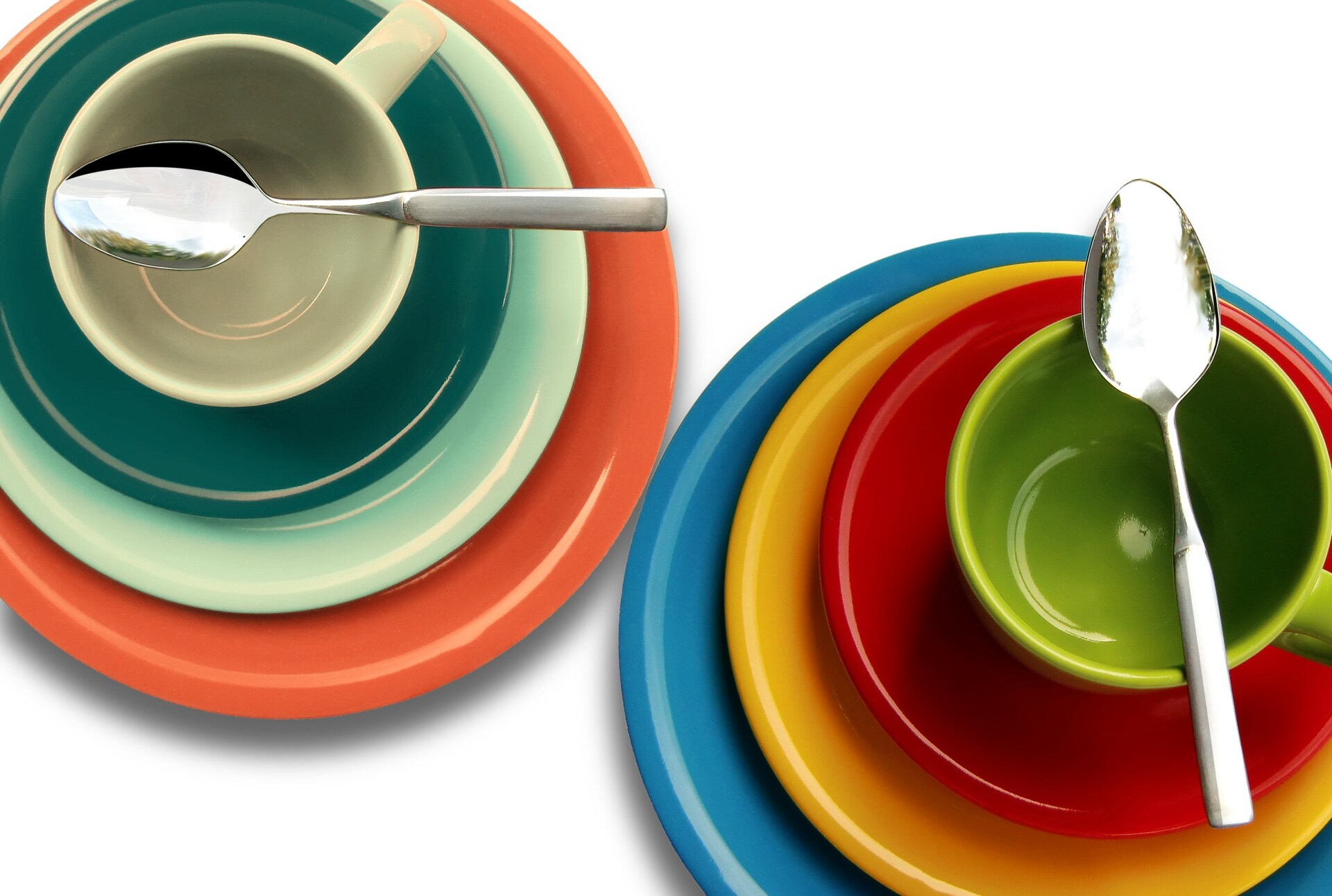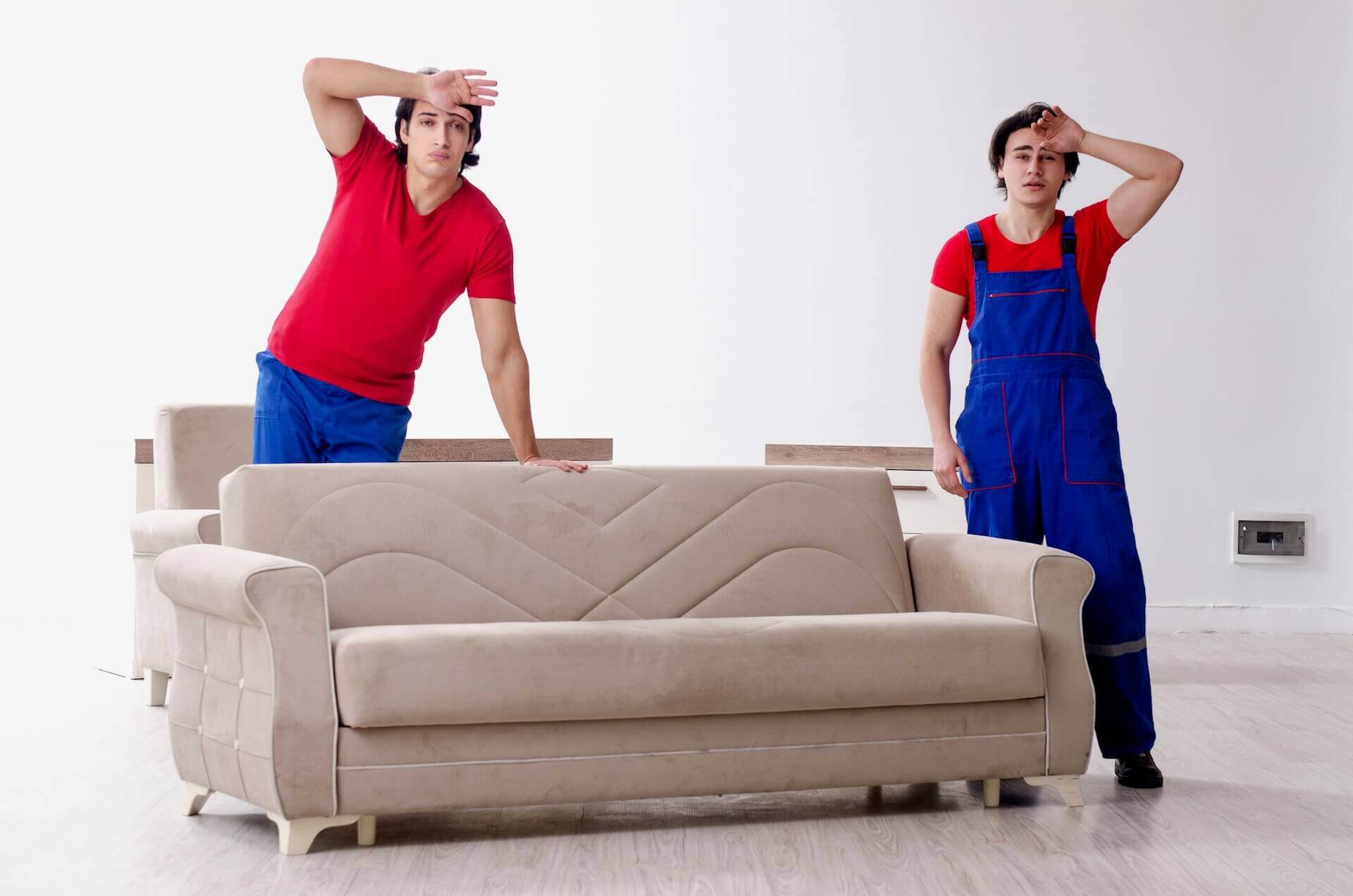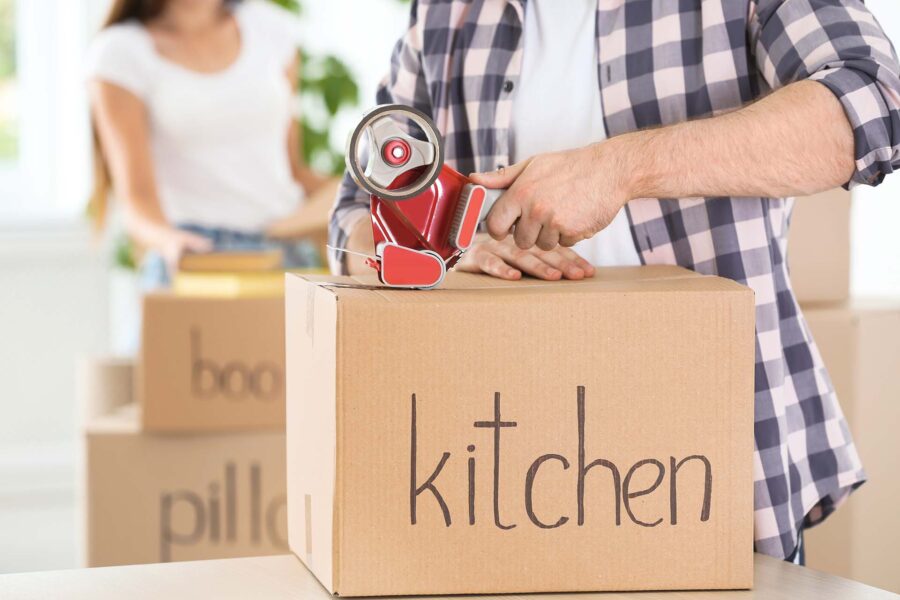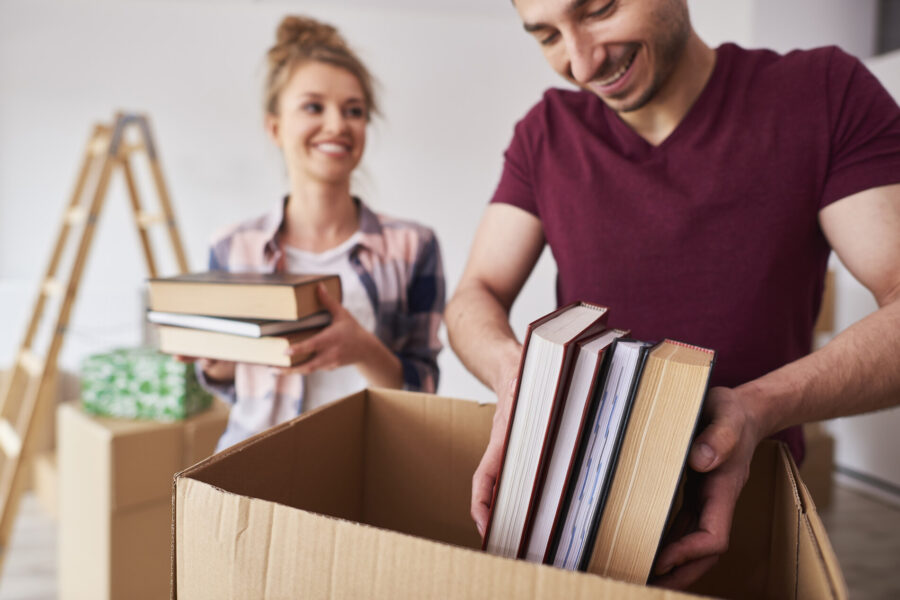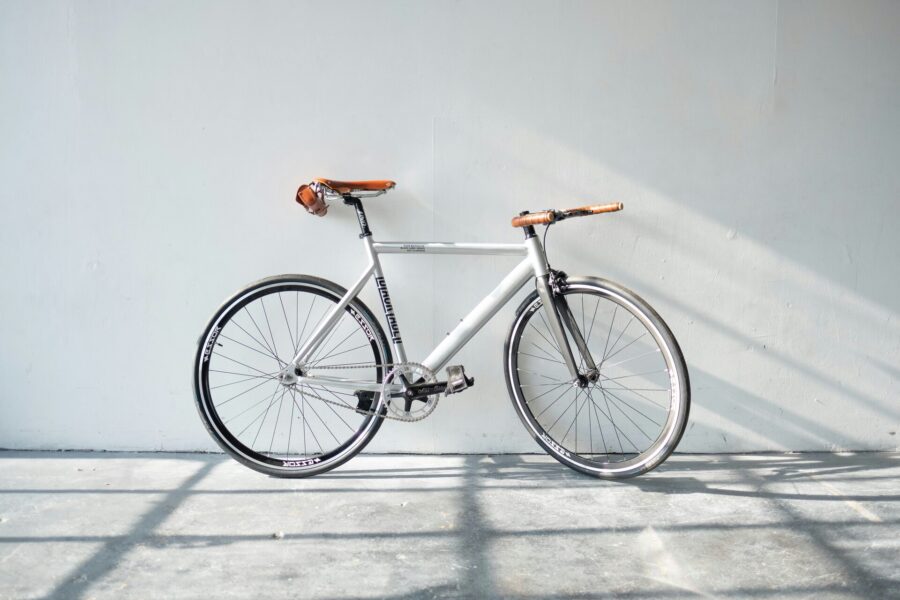Moving is an exciting adventure, but it also comes with its fair share of challenges, especially when it comes to packing fragile items such as plates. That’s why learning how to pack plates for moving will make the whole process easier, and most importantly stress-free. Check out our blog and you’ll learn everything you need to know about handling these delicate items.
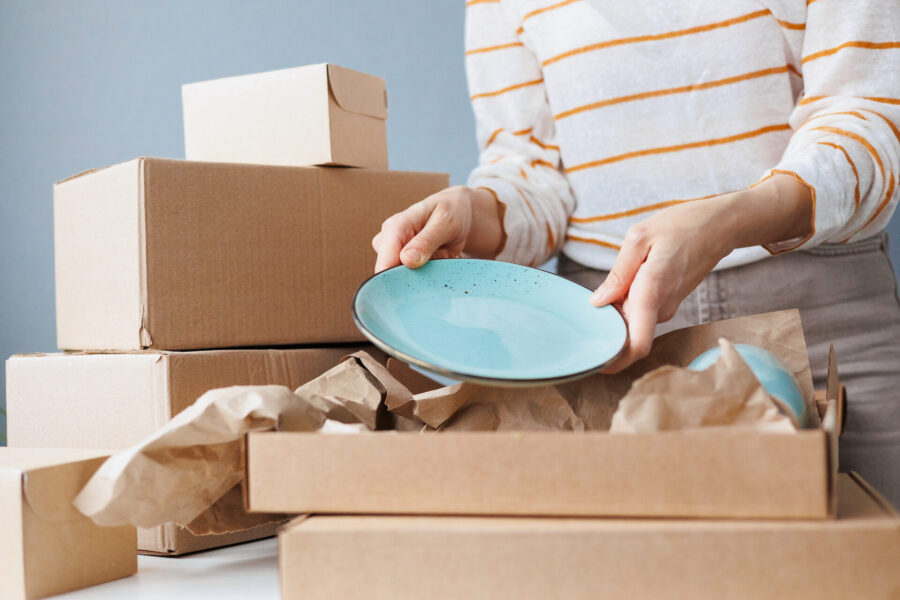
Obtain Essential Materials for Packing Plates When Moving
When it comes to packing plates, having the right materials on hand is crucial to ensuring they arrive at your new home in one piece. The last thing you want is to open a box of shattered dishes when you finally unpack.
To start, you’ll need plenty of sturdy cardboard boxes in a variety of sizes to accommodate different types of dishes. Small boxes are ideal for fragile items like saucers, while larger boxes are best for plates and platters.
Besides boxes, you’ll need to stock up on various materials to cushion your dishes and prevent them from jostling around in transit. Here are some of the key materials you’ll need:
- Packing paper – This is an essential material for wrapping and padding your plates. Avoid using newspaper, as the ink can transfer to your dishes and leave stains.
- Bubble wrap – For added protection, consider wrapping each plate in a layer of bubble wrap before wrapping it in the paper.
- Foam pouches – These are specially designed to fit plates and provide extra cushioning during transport. They can be reused for future moves.
- Packing peanuts – These can be used to fill any gaps in your boxes and prevent your dishes from shifting around.
- Tape – You’ll need plenty of strong tapes to seal up your boxes securely.
- Markers – Use a permanent marker to label your boxes with the contents and any special handling instructions.
Finally, it’s important to box everything up strategically. And with the right materials and a careful strategy, you can ensure that your plates make it to your new home safely and without any damage.
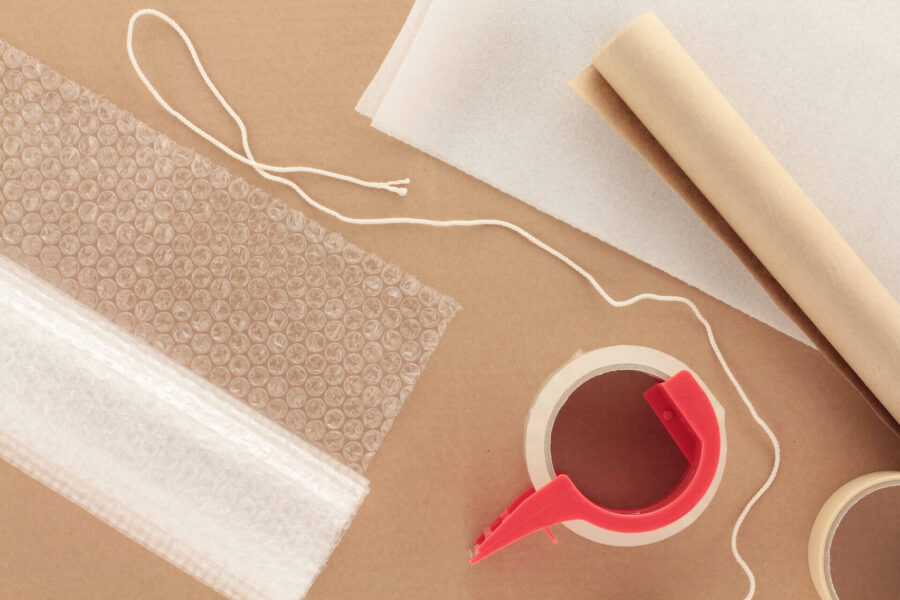
Step-by-Step Guide on How to Pack Plates for Moving
When you are relocating long distance, you need to ensure that all of your fragile items make it to your new home safely. If you want to move efficiently without losing any of your delicate belongings follow our step-by-step instructions on how to pack plates for moving to California from Seattle or vice versa.
Sort Plates by Size
The first step in boxing up is sorting items by size. This is important because it allows you to select the right size box for each type of plate. Small plates, such as saucers, can be packed together in a smaller box, while larger plates, such as dinner plates, should be packed in larger boxes.
Wrap Each Plate Individually
Once you’ve sorted everything out, the next step is to wrap each fragile item individually. This can be done using packing paper or bubble wrap. Place the plate in the center of the paper or bubble wrap, fold the sides over it, and tuck the corners in to create a tight wrap. Secure the wrap with tape, making sure to cover any exposed edges or corners.
Choose the Right Box
We already mentioned that choosing the right box is crucial when it comes to boxing up your household items, no matter how fragile or durable they are. However, for more delicate belongings you’ll need sturdy crates that are the right size. Keep in mind that boxes that are too large can cause the objects to shift during transit. Look for boxes that are specifically designed for fragile items, such as dish-pack boxes.
Pack Plates in the Box
Once you have your boxes, it’s time to start packing. Begging by placing a layer of peanuts or crumpled paper at the bottom of the box to provide cushioning. Next, stack the plates vertically in the box. Be sure to fill any gaps between with more peanuts or crumpled paper to prevent items from shifting during transit.
Seal the Box and Label It
Finally, it’s time to seal the box and label it. Use the tape to seal the box securely, making sure to reinforce the corners and edges. Once the box is sealed, label it with the contents and destination. Use a permanent marker to write “fragile” on the box, and consider using color-coded labels to help identify boxes containing fragile items.
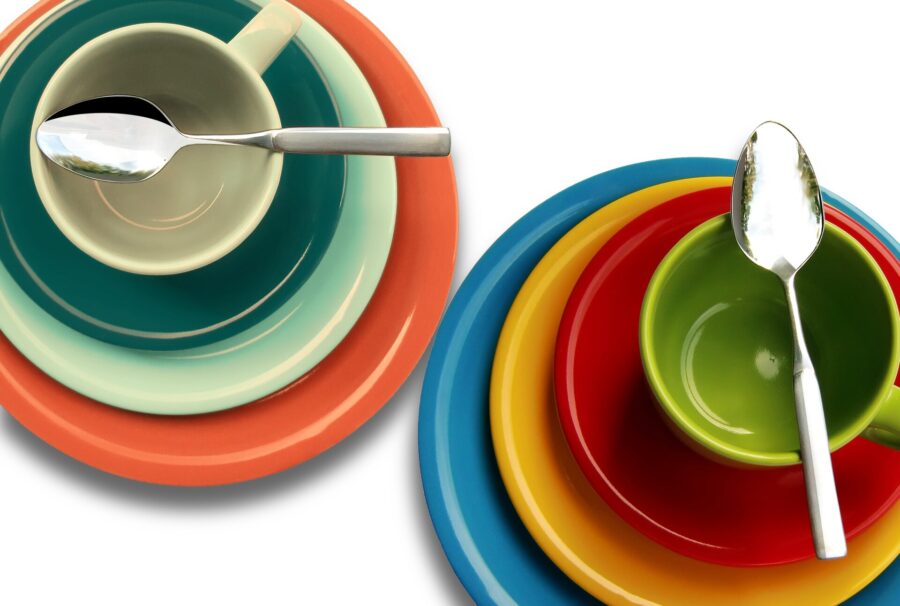
If You Want to Avoid Headache Hire Professional Long Distance Movers to Help
Planning to move to a new city comes with a long list of tasks, just imagine adding boxing up fragile items on it. It would make your stress levels skyrocket. That’s why the smartest move would be to hire a long-distance moving company to handle all of the grunt work instead of you.
If you are relocating along the West Coast, hiring movers from Seattle to California (or movers from California to Seattle, depending on where you are going), is a wise choice. They will know all the right tips and tricks to make your move smooth and seamless.
Keep in mind that choosing a trustworthy cross-country moving company comes with a long list of benefits. For example, you won’t have to worry about proper supplies, cross country movers will bring everything with them. From bubble wrap to sturdy boxes, you won’t have to stress about anything.
Also, the professional crew has years of experience in handling fragile items, so they know exactly how to pack your plates to ensure they are not damaged during the move. They know the right techniques for wrapping and padding.
Storage Services
Looking for storage space while you get settled? California-Seattle Express provides 30 days free storage with your move.
Residential Relocation Service
Feeling rushed about your long distance move? We can help you organize and budget so you have everything in place.
Packing Services
Our professional packers have methods and techniques to ensure all your items are intact during and after the move.
Use Different Long Distance Moving Services and You Won’t Have to Lift a Finger During the Move
When you hire trustworthy long-distance movers let them handle everything. Why should you worry about figuring out how to move a piano or how to move furniture? True professionals will take care of everything from start to finish, all you have to do is open the door of your house.
For example, if you hire a California-Seattle Express crew you will get a full relocation experience. The team is ready to tackle your move no matter how big or small it is. The California-Seattle Express team offers not only long-distance moving services but also professional packing services.
And if you want to bring your vehicle to your new home, the California-Seattle Express crew will take care of it. Using car shipping services means that the team will pick up and deliver your vehicle without a fuss. Just give us a call, book your move and the rest will be up to us
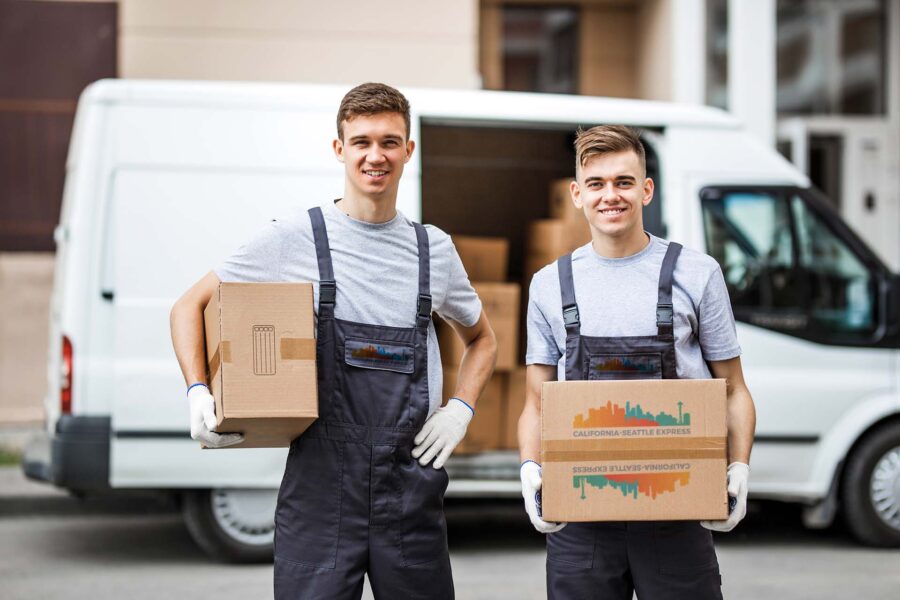
Don’t Let the Plates Be the Cause of Your Moving Woes
In conclusion, packing plates for moving can be a tricky task, but by following our tips, you can ensure that the objects arrive at your new home safely and in one piece. Remember to do everything we mentioned in the text above.
And if you really want to avoid all the fuss of boxing up your household and its most fragile parts, give California-Seattle Express a call. Ask for a free quote and book your move, as soon as possible.
Frequently Asked Questions About Packing Plates for Moving
How Do I Choose the Right Packing Materials for My Plates?
When it comes to packing plates for the move, it’s important to choose the right materials. You can use bubble wrap, foam pouches, or paper to wrap your plates. Make sure that the material is thick enough to protect your items from any external impact or shock during transportation.
Should I Sort My Plates by Size Before Packing Them?
Yes, it’s a good idea to sort your plates by size before packing them. This will help you choose the right size box for each type of plate. Small ones, such as saucers, can be packed together in a smaller box, while larger ones, such as dinner plates, should be packed in larger boxes.
Can I Use Newspapers to Wrap My Plates?
It’s not recommended to use newspapers to wrap your plates. Newspaper ink can transfer to your belongings, leaving stains or discoloration. Instead, you can use plain paper or bubble wrap to wrap your delicates.
How Do I Pack Plates in a Box Without Them Touching Each Other?
To pack plates in a box without them touching each other, place a layer of padding at the bottom of the box, such as packing peanuts or crumpled paper. Then, pack the items vertically in the box, with the wrapped ones standing on their edges. Be sure to fill any gaps between with more padding to prevent them from shifting during transit.
Should I Use Foam Pouches or Bubble Wrap to Pack My Plates?
Both foam pouches and bubble wrap can be used to pack plates. Foam pouches provide extra cushioning and protection, while bubble wrap can provide a layer of insulation against external impact or shock. Choose the material that you’re comfortable using.
How Do I Label My Boxes Containing Plates?
Label your boxes clearly with the contents and destination. Use a permanent marker to write “fragile” on the box, and consider using color-coded labels to help identify boxes containing fragile items.
How Many Plates Can I Pack In One Box?
The number that you can pack in one box depends on the size of the plates and the size of the box. As a general rule, it’s best to pack 4-6 per box, with padding in between each plate. This way the box won’t be too heavy to lift.
Should I Pack Plates Together With Other Fragile Items, Such as Glasses or Vases?
It’s not recommended to pack plates together with other fragile items, as this can increase the risk of damage during transit. It’s best to pack them separately in their own box, with padding in between each item to prevent them from touching.
